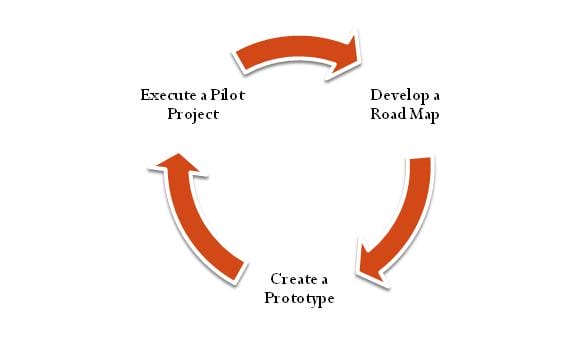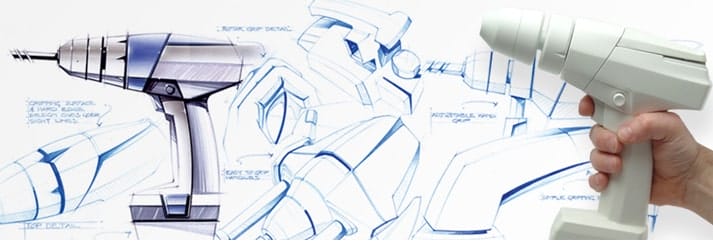Are you ready to test your new product concept’s real-world functionality and appeal? With hundreds of advantages, product prototype development is necessary for every business, either small or large. GID, a new product design and development company offers some tips on product prototyping and on how to get your concept ready to launch.
1. Are you a newbie? Then, start from here:
If you are a newbie or are developing a new product for the very first time, then make sure you know and can explain exactly what you want from your product development company in detail. You have to educate and prepare yourself on the process so that you understand what the company, you hired for product development, is talking about. A virtual prototype is not the same as a prototype; however, some product development companies try to sell them as such. Therefore, it is necessary that you understand the vocabulary to ensure you are getting what you exactly want.
2. What will you ask your product manufacturing company?
You can investigate a company’s reputation over the internet; therefore, ask for their portfolio to find out what sort of projects they have done and who are their clients. Most importantly, opt for a product manufacturing company that has the experience and skilled workforce to develop and deliver everything you need. For example, the smoke alarm is not an excessively challenging product to develop; however, there are some complicated issues that need to be addressed professionally.
You may find an affordable product development company that can easily address the outer case; but they might probably know nothing about electronics or may be inexperienced in handling electronic issues. For the sake of successful prototype development and bulk manufacturing, you need to find a company that excels in every aspect of product development. Also, keep the design of your product to be developed in mind because, you won’t be happy with a retro designer if you are looking to design something trendy and stylish for today’s generation.
3. How to vet references for the product development company you hire.
You can cross-examine the references your product development company offers; however, don’t forget to call or visit the Better Business Bureau, before making any decision. You can call the references in the portfolio to find out whether their experience with the company was pleasant or not. Do some online search to see how long they have been in the industry, whether they have been in the news for any of their projects and what customers have to say?
4. What about the time and cost for product prototype development?
It is always difficult to nail down a new product development project as it depends on many factors, especially manufacturing charges. A product prototype development company may charge you on an hourly basis or on a project basis. A complex project idea will require more time and people; hence, the overall manufacturing cost may go beyond your estimation. As a solution to this problem, communicate as much as you can with your company as it might save time and money. As you offer them all the details, they require to design, your flow and preparedness will eventually propel the pace of the project.
5. What, if my invention just doesn’t fly?
Thousands of inventors have gone down this tactical path of product prototyping only to finish up with an interesting bookshelf piece. At some point, every one of us has to walk to the end of the board, jump off and pray there’s water in the pool. If not, there are many resources that can help you revisit or decide if it’s time to move on, including the United Inventors Association of America (UIA) and the U.S. Patent and Trademark Office. Whether you choose to move on or carry on, inventor education is the key to making sure you are guided in the correct direction.
The process of product prototype development not only offers life to your concept, but also allows you to test your concept before you begin the bulk manufacturing process. GID offers best-in-the-class product prototyping services to entrepreneurs and inventors who wish to develop and launch new products in a limited time frame. To explore our expertise in prototype development, please visit our portfolio @ www.gidcompany.com/our-portfolio/, or to share your concept, feel free to contact us @ www.gidcompany.com/contact-us





